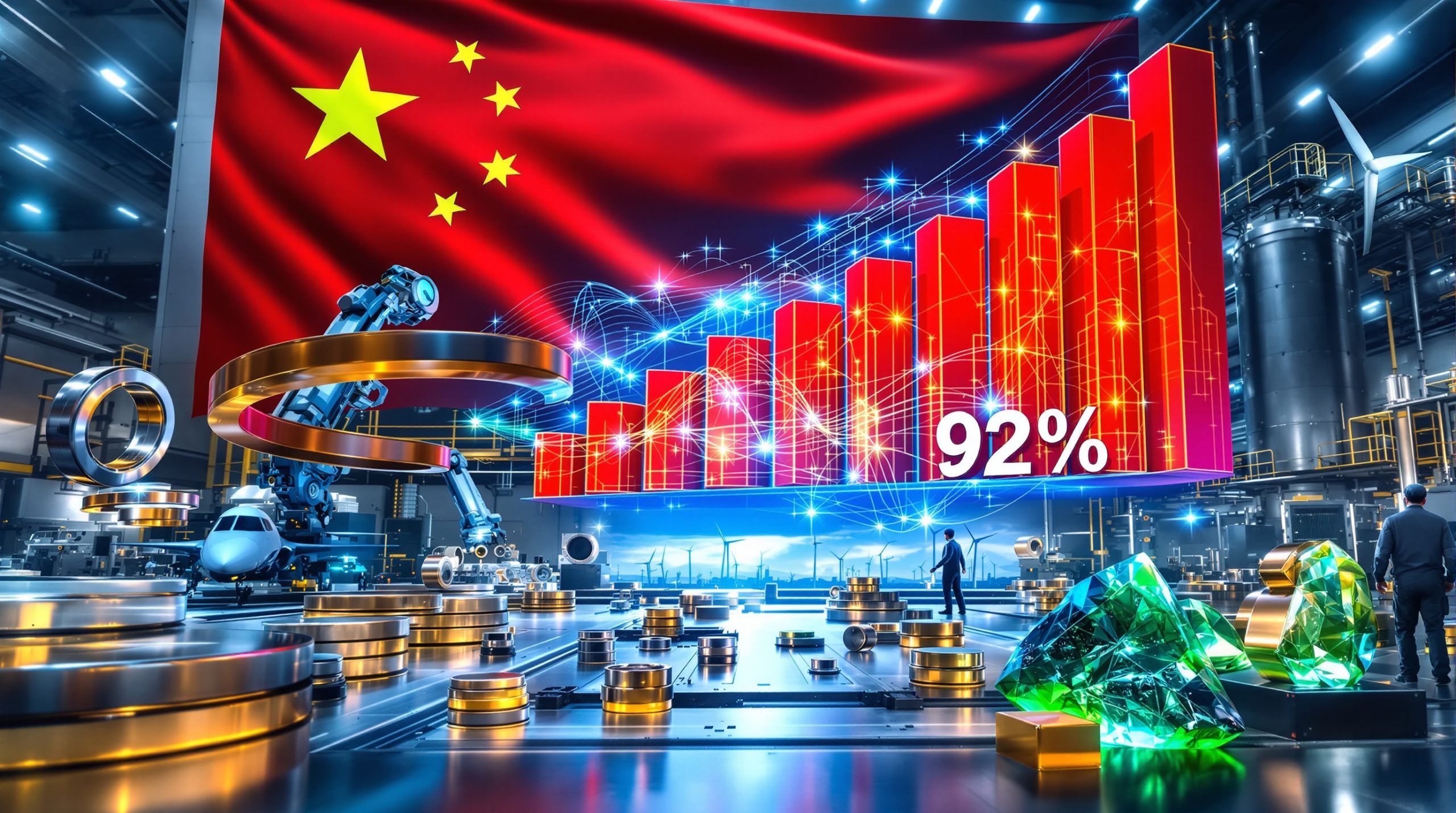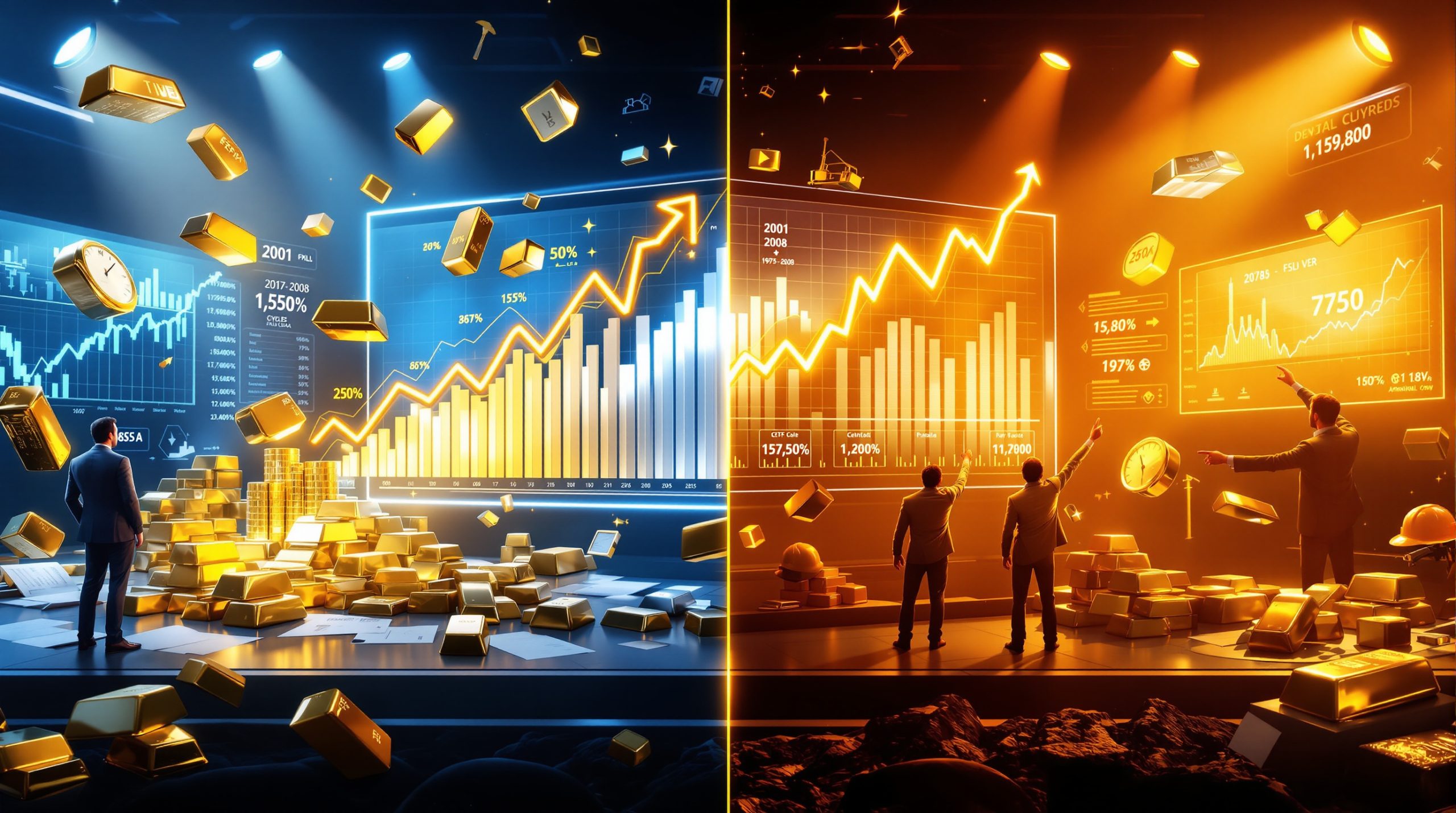Understanding Green Iron Technology Fundamentals
Defining Zero-Carbon Iron Production
The global steel industry faces an unprecedented environmental challenge, contributing approximately 8% of annual human-derived carbon emissions worldwide. This massive carbon footprint has sparked revolutionary developments in sustainable steelmaking methodologies that eliminate fossil fuel dependency entirely. The green iron process represents a fundamental shift from traditional coal-based blast furnace operations toward renewable energy-powered alternatives that can dramatically reduce the environmental impact of iron manufacturing.
Unlike conventional steelmaking processes that rely heavily on coal and natural gas, green iron sustainability initiatives utilise clean electricity and hydrogen gas to convert iron ore into high-grade iron products. These innovative approaches maintain the quality and specifications required for modern steel applications while operating through entirely different chemical pathways that avoid carbon-intensive reduction methods.
The distinction between conventional and sustainable iron manufacturing lies primarily in the energy source and reduction chemistry employed. Traditional blast furnaces depend on carbon monoxide (produced from coal coke) to reduce iron oxides, inherently generating substantial CO₂ emissions. The green iron process replaces this carbon-based chemistry with hydrogen reduction or direct electrolytic conversion, fundamentally altering the environmental equation of steel production.
The Carbon Impact Challenge in Steel Manufacturing
Steel production's environmental impact extends far beyond its direct emissions, influencing global climate targets and industrial decarbonisation strategies worldwide. The urgency surrounding green iron development stems from steel's essential role in construction, transportation, and manufacturing sectors, combined with projected demand growth that could exacerbate emissions without technological intervention.
Economic implications of transitioning heavy industry toward sustainable practices involve substantial infrastructure investments, workforce retraining, and supply chain reorganisation. However, emerging carbon pricing mechanisms and regulatory frameworks increasingly favour low-carbon production methods, creating competitive advantages for early adopters of the green iron process.
The environmental imperative driving technological innovation in steelmaking reflects broader industrial transformation requirements necessary to achieve international climate commitments. Countries with significant steel production capacity face mounting pressure to demonstrate concrete decarbonisation pathways, positioning green iron as a critical component of national climate strategies.
How Do Hydrogen-Based Direct Reduction Systems Function?
Green Hydrogen Production Infrastructure
Hydrogen-based direct reduction systems depend entirely on abundant supplies of clean hydrogen gas produced through renewable energy solutions powered electrolysis. This process involves splitting water molecules (H₂O) using electricity generated from wind and solar installations, creating hydrogen gas and oxygen without any carbon emissions.
The electrolysis infrastructure required for industrial-scale hydrogen production represents a significant technological and economic undertaking. Modern electrolysis systems operate at efficiencies ranging from 70-80% for alkaline technologies to potentially higher efficiencies for advanced proton exchange membrane systems currently entering commercial deployment.
Storage and distribution networks for industrial hydrogen applications present unique engineering challenges due to hydrogen's physical properties and energy density characteristics. Effective integration with variable renewable electricity generation requires sophisticated control systems and potentially hydrogen storage capabilities to maintain consistent supply for continuous industrial operations.
Iron Ore Reduction Chemistry
The fundamental chemistry of hydrogen-based iron reduction involves replacing carbon monoxide with hydrogen gas in the reduction process. Iron oxides react with hydrogen at temperatures typically ranging from 600-700°C, producing metallic iron and water vapour according to the reaction: Fe₂O₃ + 3H₂ → 2Fe + 3H₂O.
This temperature requirement represents a significant reduction compared to traditional blast furnace operations, which typically operate at temperatures exceeding 1500°C. The lower thermal requirements translate to reduced energy consumption and simplified heat management systems, contributing to overall process efficiency improvements.
Direct-reduced iron (DRI) pellet formation occurs as iron oxides are progressively reduced while maintaining their original pellet structure. The resulting DRI maintains approximately 90-95% metallic iron content and can be processed directly in electric arc furnaces to produce finished steel products.
Key Insight: Hydrogen-based reduction processes produce only water vapour as a byproduct, eliminating the approximately 2 tonnes of CO₂ typically released per tonne of steel in conventional production methods.
What Are the Alternative Electrochemical Production Methods?
Low-Temperature Electroplating Innovations
Emerging electrochemical approaches to iron production offer potentially transformative alternatives to both traditional blast furnace operations and hydrogen-based direct reduction. Low-temperature electroplating methods operate at approximately 60°C, dramatically reducing energy requirements compared to conventional high-temperature metallurgical processes.
These systems dissolve iron ore materials in acid solutions, then use controlled electrochemical extraction to deposit pure iron at the cathode. The process claims to achieve 99.9% purity iron production while generating only oxygen gas as an emission byproduct, representing near-zero carbon iron manufacturing.
The technological advantages of electrochemical extraction include precise control over iron purity, potential for automated operation, and compatibility with existing electrical infrastructure. However, commercial scalability and economic competitiveness require further development and validation against established steelmaking methods.
Molten Oxide Electrolysis Technology
High-temperature molten oxide electrolysis represents another emerging pathway for direct iron production from ore materials. Operating at approximately 1600°C, these systems use specialised inert anode configurations to convert iron oxides directly into liquid metallic iron through electrolytic processes.
This approach offers potential infrastructure advantages over hydrogen-dependent processes by eliminating the need for separate hydrogen production and storage systems. The technology produces liquid iron that can integrate directly with conventional steelmaking infrastructure while maintaining oxygen-only emission profiles.
Commercial development of molten electrolysis systems faces challenges related to electrode durability, energy efficiency at high temperatures, and capital cost competitiveness. However, several development programmes are advancing toward pilot-scale demonstrations with projected commercial deployment timelines extending into the 2030s.
| Method | Operating Temperature | Primary Energy Source | Byproducts | Commercial Status |
|---|---|---|---|---|
| Hydrogen-DRI | 600-700°C | Green hydrogen | Water vapour | Pilot scale |
| Electroplating | 60°C | Renewable electricity | Oxygen | Development |
| Molten Electrolysis | 1600°C | Clean electricity | Oxygen | Early commercial |
Which Countries Lead Green Iron Development?
Australia's Strategic Advantages
Australia possesses exceptional natural advantages for green iron development, combining the world's largest iron ore reserves with abundant renewable energy resources suitable for large-scale hydrogen production. The nation exports approximately 60% of globally traded iron ore, positioning it strategically to capture value-added opportunities through domestic green iron manufacturing.
South Australia specifically has emerged as a focal point for green iron development, with government commitments to establish the region as a leader in green hydrogen production. The state's planned 250MW hydrogen electrolyser in the Upper Spencer Gulf represents one of the world's largest hydrogen production facilities, expected to create over 2,000 jobs during construction phases.
The Australian federal government's strategic positioning around clean hydrogen exports and renewable energy competitiveness creates supportive policy frameworks for green iron commercialisation. Furthermore, Australia's renewable energy capacity expansion, particularly in wind and solar installations, provides the foundation for cost-competitive green hydrogen production at industrial scales.
European Union Decarbonisation Initiatives
The European Union has positioned itself at the forefront of green steel development through comprehensive policy frameworks and substantial financial commitments to industrial decarbonisation. Sweden's HYBRIT project represents the most advanced commercial-scale demonstration of hydrogen-based steelmaking, targeting fossil-free steel production by the mid-2020s.
EU industrial policy includes significant funding mechanisms supporting clean energy transition technologies, including specific provisions for steel sector decarbonisation under the European Green Deal framework. These initiatives combine direct financial support with regulatory requirements that increasingly favour low-carbon production methods.
Carbon border adjustment mechanisms being implemented by the EU create additional competitive advantages for domestically produced green steel while potentially disadvantaging higher-carbon imports. This policy approach incentivises both European producers and international suppliers to adopt cleaner production technologies.
Asian Market Integration Strategies
Japan's comprehensive hydrogen society roadmap includes specific provisions for industrial applications, with steel production identified as a priority sector for hydrogen integration. Japanese steel companies have announced substantial investments in hydrogen-based reduction technologies, targeting commercial deployment throughout the 2030s.
South Korea's Green New Deal framework allocates significant resources toward industrial transformation, including steel sector decarbonisation initiatives. The country's integrated approach combines domestic technology development with international partnerships to accelerate green steel commercialisation.
China's carbon neutrality commitment by 2060 necessitates dramatic transformation of its massive steel industry, which represents approximately 50% of global production capacity. Chinese government policies increasingly emphasise clean technology development and deployment, creating potential opportunities for green iron technology adoption at unprecedented scales.
What Economic Benefits Drive Green Iron Adoption?
Cost Competitiveness Analysis
Economic viability of green iron technologies depends critically on renewable electricity costs and hydrogen production efficiency improvements. Current projections suggest that green iron production costs could achieve parity with conventional methods by the early 2030s, driven primarily by declining renewable energy prices and electrolyser cost reductions.
The total cost equation for green iron includes capital investments in hydrogen production infrastructure, operational costs for renewable electricity, and potential premium pricing for low-carbon steel products. Analysis indicates that carbon pricing mechanisms at $50-100 per tonne CO₂ could make green iron economically competitive even with current cost structures.
Renewable energy price reductions of 70-85% over the past decade for both wind and solar technologies directly improve green iron economics by reducing the primary input cost for hydrogen production. Continued learning curve effects in renewable energy deployment support optimistic projections for green iron cost competitiveness.
Supply Chain Transformation Opportunities
Premium pricing potential for verified low-carbon steel products creates immediate economic incentives for green iron adoption, particularly in sectors with sustainability commitments or regulatory requirements. Construction, automotive, and appliance industries demonstrate increasing willingness to pay premiums for demonstrably sustainable materials.
Export market development opportunities exist for countries with competitive renewable energy resources to produce green iron intermediates for international steel markets. This represents potential economic diversification for traditional iron ore exporters while capturing additional value from domestic mineral resources.
In addition, mining decarbonisation benefits include manufacturing sector requirements driven by corporate sustainability commitments and regulatory frameworks, creating expanding market demand for low-carbon steel products. This demand trajectory supports business case development for green iron investments across multiple applications and geographic markets.
Market Opportunity: Green iron processes can reduce steelmaking emissions by over 90% compared to traditional methods while maintaining cost competitiveness through renewable energy integration and streamlined production workflows.
How Does Green Iron Integration Work with Existing Steel Infrastructure?
Electric Arc Furnace Compatibility
Direct-reduced iron produced through green processes integrates seamlessly with existing electric arc furnace (EAF) infrastructure used throughout the global steel industry. EAF systems can process DRI materials without substantial modifications, enabling green iron adoption without complete infrastructure replacement for steel producers.
Scrap steel recycling capabilities of EAF systems complement green iron processing, allowing for hybrid feedstock strategies that optimise both material costs and environmental performance. This flexibility provides steel producers with operational options during the transition period toward full green iron adoption.
Capital investment requirements for steel producers adopting green iron remain moderate since existing EAF capacity can process green iron intermediates directly. This compatibility factor significantly reduces adoption barriers compared to technologies requiring completely new steelmaking infrastructure.
Quality Standards and Specifications
Metallurgical properties of hydrogen-reduced iron meet or exceed specifications required for high-quality steel production across construction, automotive, and industrial applications. Chemical composition control in DRI production allows for precise optimisation of final steel characteristics.
Quality consistency in electrochemical iron production processes offers potential advantages over conventional methods through enhanced purity control and reduced impurity content. These quality improvements can translate to superior steel performance in demanding applications.
End-product performance testing demonstrates that steel produced from green iron matches conventional steel specifications across strength, durability, and workability characteristics. This performance equivalence eliminates technical barriers to market adoption for green iron-based steel products.
What Challenges Must Green Iron Technology Overcome?
Scale-Up Manufacturing Requirements
Commercial-scale green iron production requires substantial scale increases from current pilot project capacities to meet global steel demand. Individual facilities must achieve production capacities of 1-5 million tonnes annually to compete effectively with conventional steelmaking operations.
Equipment durability under continuous industrial operating conditions presents ongoing technical challenges, particularly for electrolyser systems and hydrogen handling infrastructure subjected to demanding operational requirements. Long-term reliability validation requires extended operating experience across varied conditions.
Workforce training needs for new technological processes involve substantial human capital development investments. Steel industry workers require retraining in hydrogen safety protocols, electrochemical processes, and renewable energy integration systems to support green iron operations effectively.
Energy Infrastructure Dependencies
Renewable electricity grid integration challenges include managing the substantial power requirements for green iron production while maintaining grid stability and reliability. Individual green iron facilities may require 200-500 MW of dedicated renewable electricity capacity.
Hydrogen production and storage facility development involves complex engineering challenges related to safety, efficiency, and economic optimisation. Large-scale hydrogen storage systems require specialised materials and safety systems to manage hydrogen's unique properties effectively.
Intermittent renewable energy source management strategies must address the continuous operational requirements of steel production processes. Solutions may include hydrogen storage systems, flexible operational protocols, or hybrid energy supply arrangements combining renewable and backup power sources.
Market Adoption Barriers
Steel industry investment patterns traditionally favour proven technologies with long operational histories, creating natural resistance to newer green iron approaches. Conservative capital allocation decisions reflect the substantial financial commitments required for steel infrastructure investments.
Regulatory frameworks for low-carbon product certification require development to enable market recognition and premium pricing for green steel products. Standards organisations and government agencies must establish verification protocols for carbon content claims.
International trade policy coordination becomes necessary to prevent carbon leakage and ensure fair competition between high-carbon and low-carbon steel products in global markets. Harmonised approaches to carbon border adjustments and product standards support green iron market development.
Frequently Asked Questions About Green Iron
Is Green Iron More Expensive Than Traditional Iron?
Current development costs for green iron production exceed traditional methods, with estimates suggesting 20-50% higher production costs depending on technology pathway and regional energy costs. However, these cost premiums are projected to decrease substantially as technology matures and renewable energy costs continue declining.
Long-term economic advantages through carbon cost avoidance become increasingly significant as carbon pricing mechanisms expand globally. Steel producers face growing financial exposure to carbon costs, making green iron investments financially attractive under carbon price scenarios above $75-100 per tonne.
Government incentive programmes supporting early green iron adoption include tax credits, direct subsidies, and favourable loan terms that can offset initial cost premiums. These policy supports recognise the strategic importance of industrial decarbonisation for achieving national climate commitments.
Can Green Iron Replace All Traditional Steel Production?
Technical limitations exist for certain specialised steel grades requiring specific metallurgical properties that may be more challenging to achieve through green iron processes. However, these applications represent small fractions of total steel demand, with bulk construction and automotive applications readily addressable through green iron technology.
Timeline projections for industry-wide transformation extend through the 2040s, with 15-25% of global steel production potentially converted to green iron processes by 2035. Complete transformation requires coordinated investments in renewable energy infrastructure, hydrogen production capacity, and steel facility modifications.
Hybrid production scenarios during transition periods allow steel producers to gradually increase green iron utilisation while maintaining operational flexibility. This approach reduces financial risks while enabling steady progress toward full decarbonisation objectives.
What Role Does Green Iron Play in Climate Goals?
International climate commitment alignment requires substantial steel sector decarbonisation, with green iron representing the primary technological pathway for achieving necessary emission reductions. Steel industry transformation contributes significantly to national and global climate targets.
Industrial decarbonisation pathway significance extends beyond direct emissions reductions to include enabling clean energy infrastructure development and supporting broader economic transformation toward sustainability. Green iron development catalyses renewable energy expansion and clean hydrogen economy development.
Global temperature target achievement depends partially on rapid deployment of clean industrial technologies, including green iron processes. Climate modelling indicates that steel sector decarbonisation contributes measurably to limiting global warming below critical thresholds established in international agreements.
Future Outlook for Green Iron Technology
Commercial Deployment Timeline Projections
Next-generation green iron facility construction schedules indicate substantial activity throughout the late 2020s, with multiple commercial-scale projects planned across Australia, Europe, and Asia. These developments represent total investments exceeding $50 billion globally through 2030.
Production capacity expansion forecasts suggest green iron output could reach 50-100 million tonnes annually by 2035, representing 5-10% of current global steel production. This capacity development requires coordinated investments in renewable energy infrastructure, hydrogen production systems, and steel facility modifications.
Technology maturity indicators include successful pilot project operations, equipment reliability validation, and cost competitiveness demonstrations across multiple geographic regions. These milestones support growing investor confidence and accelerating commercial deployment timelines.
Investment and Policy Support Trends
Government funding programmes for clean technology development include substantial allocations specifically for green iron and sustainable steel initiatives. The European Union, United States, Japan, and Australia have announced multi-billion-dollar support packages for industrial decarbonisation programmes.
Private sector capital allocation patterns increasingly favour clean technology investments, with major steel companies announcing substantial commitments to green iron development. These investments reflect growing recognition of long-term competitive advantages for low-carbon steel production.
International cooperation frameworks for technology transfer facilitate knowledge sharing and coordinated development efforts across countries with complementary advantages in renewable energy resources, mineral deposits, and manufacturing capabilities. Critical minerals for green transition strategies increasingly recognise the importance of sustainable processing technologies.
Industry Projection: Analysts estimate that 35% of global iron production must transition to hydrogen-based methods by 2050 to achieve international climate objectives, representing a $2.5 trillion market transformation opportunity.
Disclaimer: This article contains forward-looking projections and cost estimates that may not accurately reflect actual future developments. Green iron technology remains in early commercial stages, and actual deployment timelines, costs, and performance characteristics may differ from current projections. Readers should consult current industry reports and expert analysis when making investment or business decisions related to green iron technology.
Ready to Capitalise on the Next Green Iron Investment Opportunity?
Green iron technology represents one of the most significant industrial transformations of our time, creating substantial opportunities for investors focused on sustainable steel production companies. Discovery Alert's proprietary Discovery IQ model delivers real-time alerts on significant ASX mineral discoveries, instantly empowering subscribers to identify actionable opportunities ahead of the broader market whilst exploring historic examples of major discoveries that have generated exceptional returns.




